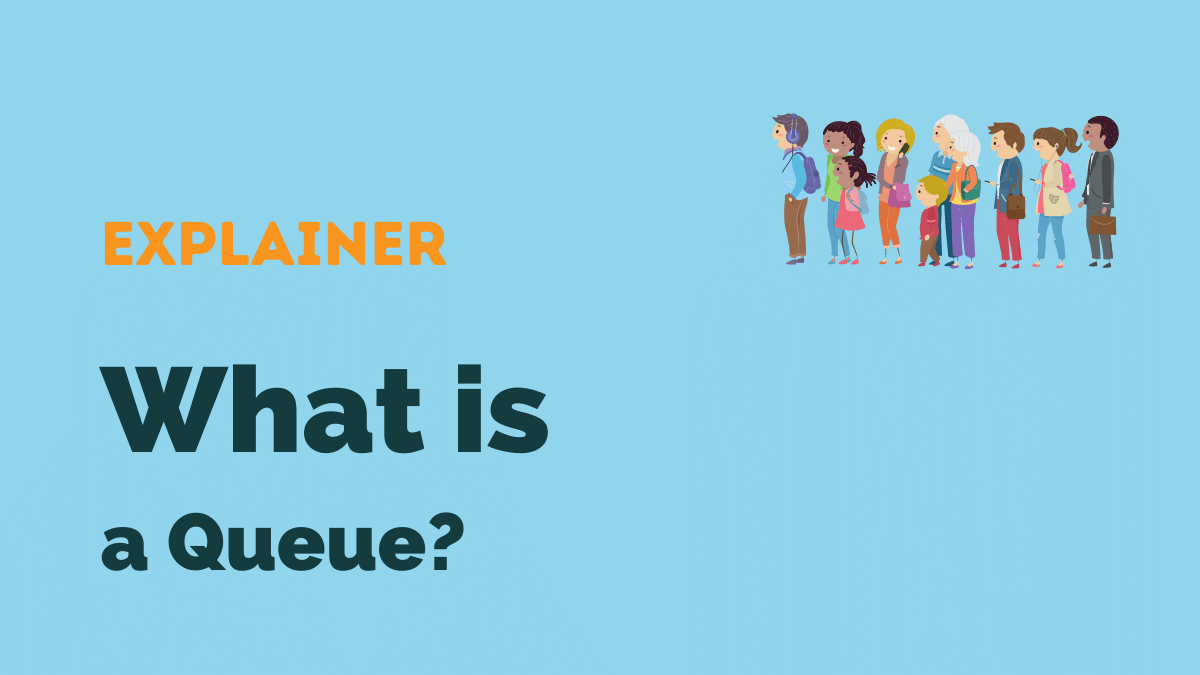Whilst the term ‘call center queue’ may be foreign to you, you’ve most probably been held in one before. If you contact a call center and there are no agents available, you will likely be placed in a queue. During this time, you might get to listen to some nice music, punctuated with the occasional “your call is very important to us”.
It’s not always pleasant for the customer but queues are a vital part of customer service. Call centers actively monitor these queues, by keeping track of the number of customers ‘in line’ and how long they’ve been waiting. Queue management is vitally important from a customer service perspective — if queues aren’t streamlined and efficient, they can create a poor customer experience that will have your customers rage Tweeting in no time. Luckily, there are many tools at hand that can help call centers reduce wait times and minimize queue length.
(Want more articles like this in your inbox? Click here to get our fortnightly CX newsletter.)
Why is call queue time important?
Within a call center, there are many reasons why it’s vital to keep the average call queue time as low as possible.
1. Resolution rates
As a general rule, call centers seek to settle customer grievances, queries, and problems on the first call. If you can resolve customer issues on the first contact, it can significantly boost customer satisfaction rates. In addition to this, the call center will have the capacity to handle more calls and provide overall better service. If it takes multiple calls for a customer issue to be settled, it’s a sign that the call center is providing sub-par service. Furthermore, these unresolved problems can stack up, which can lead to longer call waiting times and deteriorating service.
2. Customer satisfaction
When calling a company to resolve a problem, customers want speedy service and rapid responses — not long call queuing times. Studies show that the longer a customer must wait in a queue before someone attends to their issue, the less satisfied they are with the overall service. With a very high average call queue time, customers typically become frustrated and often go as far as switching their patronage to a rival company.

3. Lowering call abandonment rates
If customers are stuck waiting in a call queue for an extended period of time, they’ll give up and abandon the call. Some might attempt to call again at a later time but they may just as well seek out your competition to fulfill their needs. This causes a trickle-down effect that lowers customer satisfaction rates and increases call wait times for other customers too. By increasing call handling capacity, call centers can lower the average time spent in queues and minimize abandonment rates.
How to manage a call center queue
There are specific methods and tools that companies can utilize to enhance their service and streamline their call queues.
1. Virtual queuing
Many companies use virtual queuing methods, which allows callers to hang up and request an agent to call them back once they become available. Many customers consider this a better alternative to waiting on hold for an indefinite amount of time. Virtual queuing is a simple solution to the problem of call queuing times that benefits all parties involved. Customers can use the time they would have spent on hold getting on with other tasks, agents spend less time dealing with frustrated callers, and call centers have happier, more satisfied customers.
2. IVR systems
IVR (Interactive Voice Response) systems are particularly helpful when managing minor problems. They allow customers to use automated self-service options and automate certain processes when required. It’s not always ideal for more complex issues, but call centers can leverage IVR to provide different information such as hours of business or account balances without needing a live agent. Ultimately, this means there is less of a burden on the call queue.
3. Workforce optimization
Workforce optimization is an effective way of managing call center queues. Better agent scheduling relieves the burden of high call volumes during peak times and reduces overstaffing during quieter periods. One way to achieve this is to have on-call agents who can work on-demand when call queue times are high. This can help a call center quickly match call volume to agent availability, in a flexible way.
Through the methods outlined above, call centers can successfully reduce call waiting times and reap the benefits of heightened customer satisfaction.





